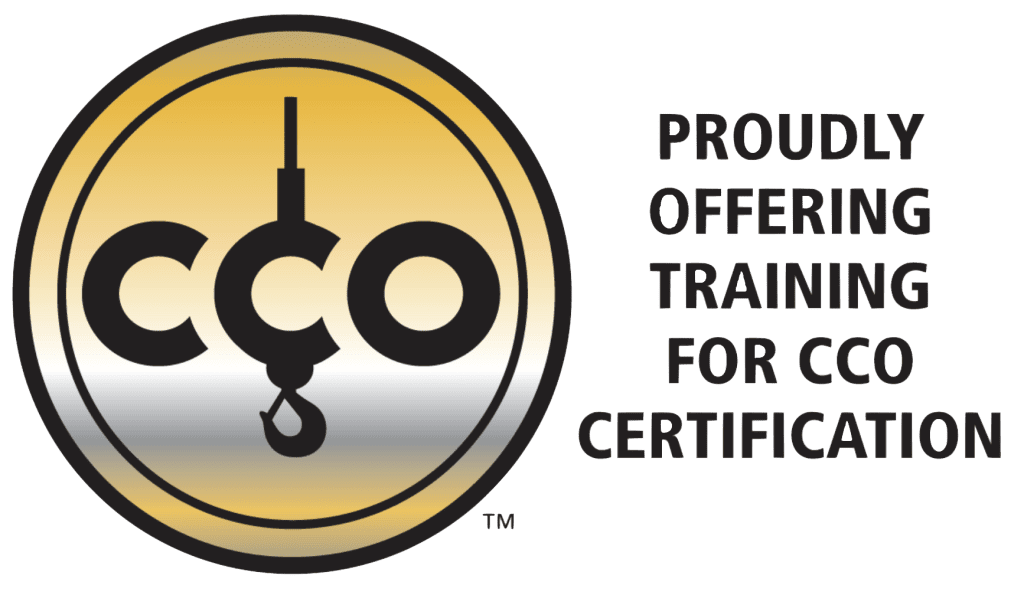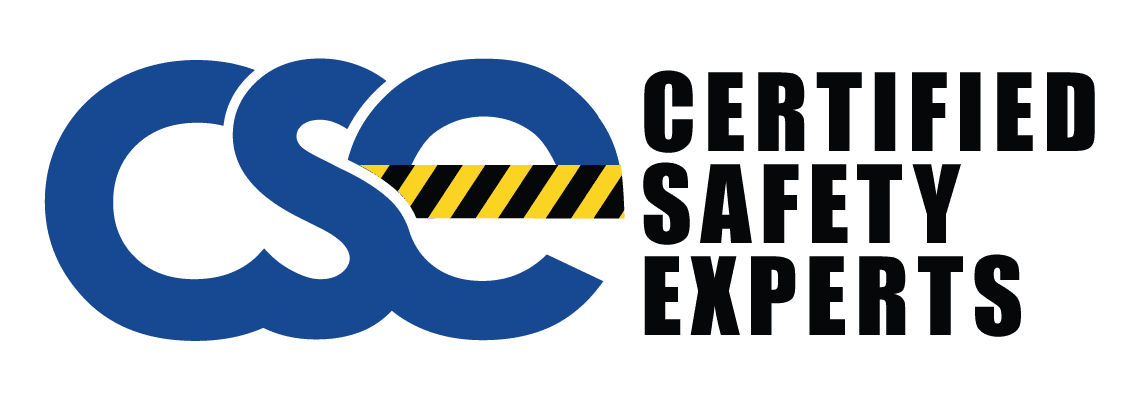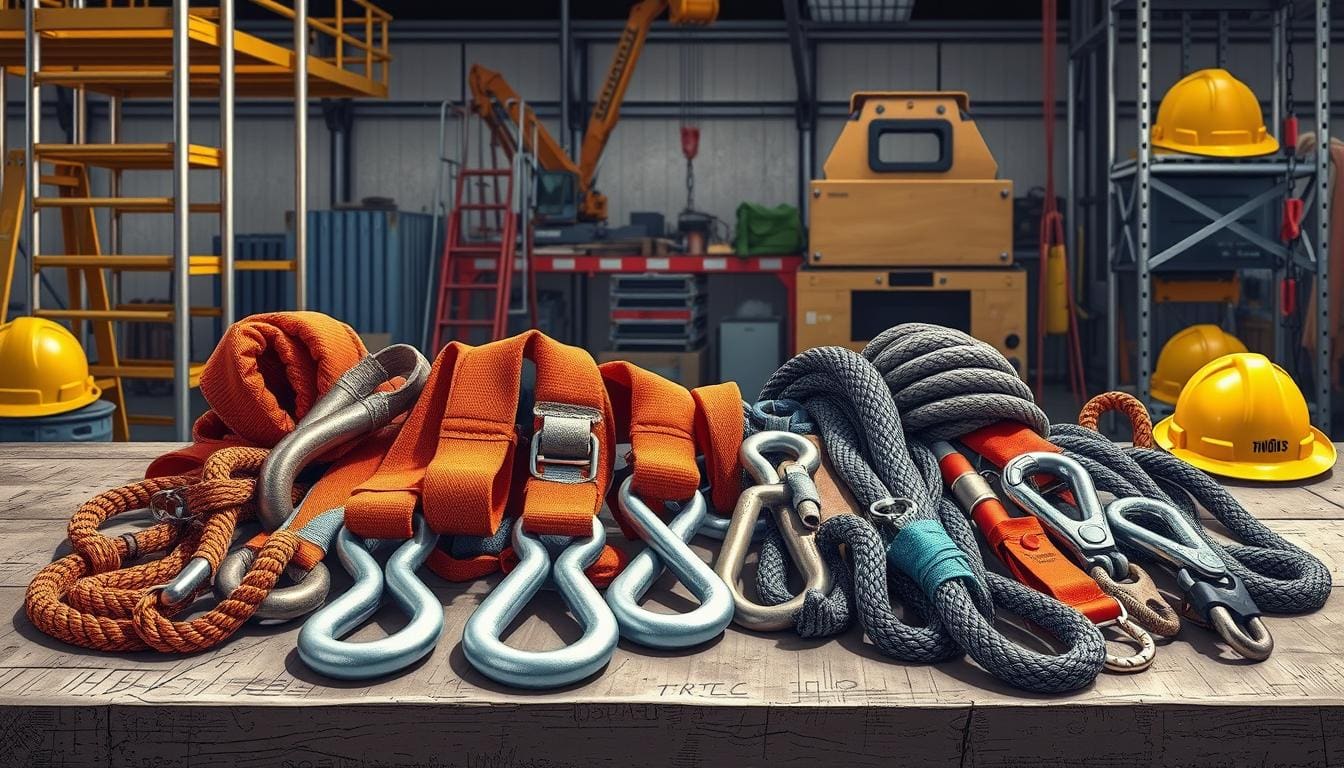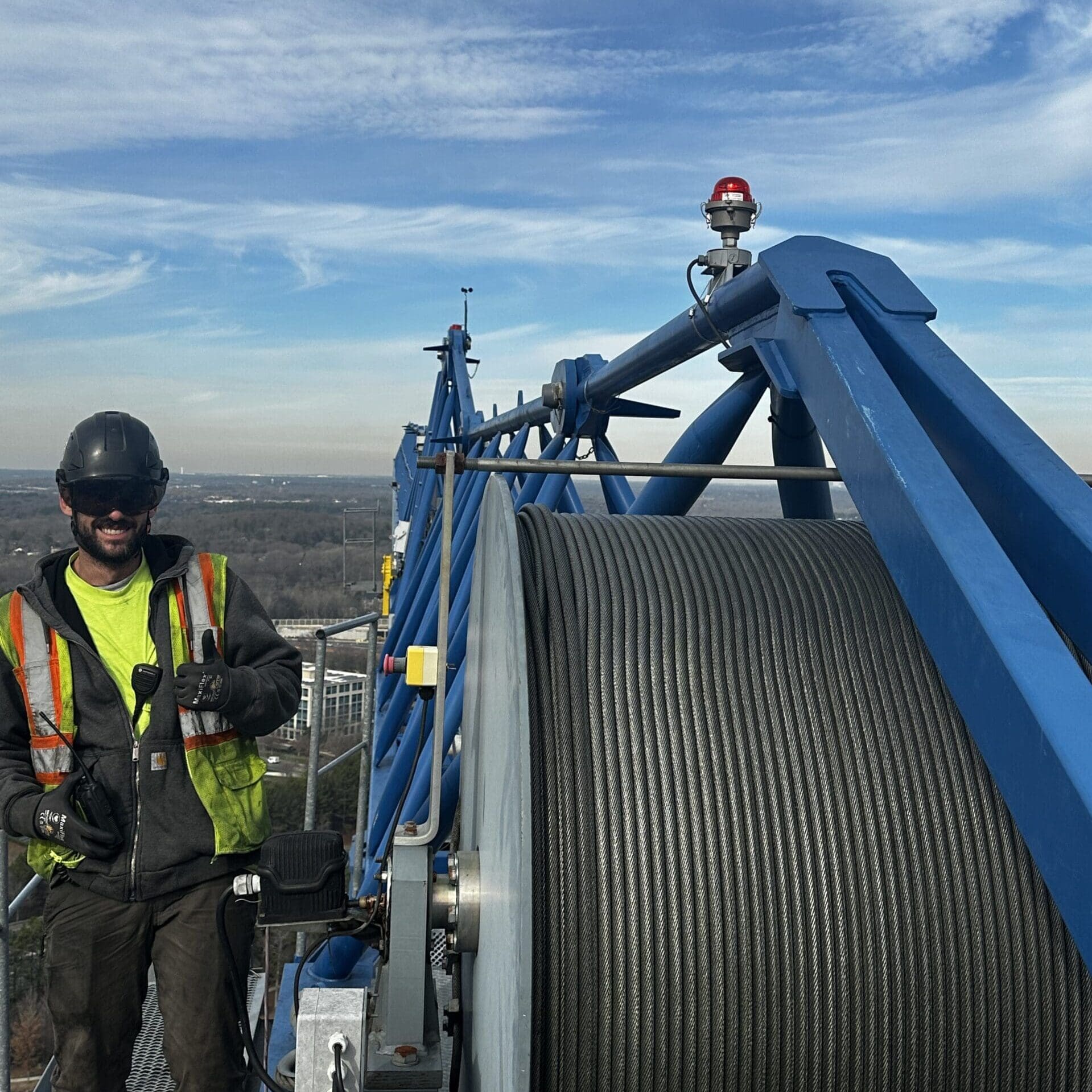If you’re thinking about becoming a rigger or want to improve your skills, this blog is for you. It offers insights on becoming a qualified and certified rigger in the U.S. in 2024. You’ll learn about certifications, training, education, and experience needed for success in this field.
The demand for skilled riggers is rising in construction, transportation, and industry this guide is a great resource for those interested in rigging. It provides details on qualifications, safety, and the job’s outlook and pay.
What is a Rigger?
A rigger is a skilled professional who ensures the safe and efficient movement of heavy equipment they work in many fields like construction, manufacturing, and entertainment. Their job is crucial for keeping everyone safe and work running smoothly.
Defining the Role of a Rigger
Riggers are experts in planning and executing rigging operations they choose the right equipment and methods for each task they also follow strict safety rules to keep their team safe.
Responsibilities and Duties
The main tasks of a rigger include:
- Planning and overseeing the movement, installation, and operation of heavy equipment and machinery
- Selecting the appropriate rigging equipment, such as slings, chains, and hoists, based on the specific requirements of the task
- Ensuring the proper use and maintenance of rigging equipment to prevent accidents and ensure safe operations
- Coordinating with other team members, such as crane operators and signalmen, to ensure seamless and efficient rigging operations
- Adhering to industry safety standards and protocols to protect workers and the public
- Documenting and reporting on rigging activities, including any incidents or equipment issues
Riggers are key to a safe and productive work environment they are highly valued in industries that need to move and install heavy or specialized equipment.
Essential Rigger Qualifications
To become a rigger, you need special skills and knowledge. Riggers must know how to use rigging equipment and read engineering drawings they also have to be very safety-conscious.
Many riggers come from backgrounds like construction or crane operation this experience helps them solve problems and work well under pressure.
Key Rigger Qualifications
- Thorough understanding of rigging techniques and principles
- Proficiency in operating and maintaining rigging equipment, including slings, hooks, and other specialized tools
- Ability to read and interpret engineering drawings, blueprints, and other technical documents
- Strong communication skills to coordinate with team members and supervise the rigging process
- Commitment to safety protocols and hazard identification
- Physical fitness and stamina to perform physically demanding tasks
Riggers need the right education and training this could be through formal programs, apprenticeships, or on-the-job learning with the right rigger qualifications, they’re ready for the job’s challenges.
Rigger Certifications and Training
The industry needs certifications and training for riggers. These show they have the right skills and follow safety rules.
Nationally Recognized Certifications
There are top certifications for riggers:
- OSHA Rigging and Signaling Certification: This shows a rigger knows how to rig safely and signal correctly.
- National Commission for the Certification of Crane Operators (NCCCO) Rigger Certification: It tests a rigger’s knowledge of equipment and safety.
- Entertainment Technician Certification Program (ETCP) Rigger Certification: It’s for entertainment riggers, covering rigging systems and safety.
Specialized Training Programs
There are also training programs for riggers. They teach rigging techniques and safety. Topics include:
- Rigging equipment and hardware
- Load calculations and weight distribution
- Rigging inspection and maintenance
- Fall protection and safety systems
- Communication and signaling procedures
Getting certifications and training shows riggers are experts. It also keeps work places safe.
The Importance of Safety Protocols
Rigging safety is crucial in any field that deals with heavy loads. Riggers must follow strict safety rules to keep themselves and others safe. This includes sticking to OSHA standards, making detailed safety plans, and wearing the right gear.
Rigging Safety Standards
OSHA has set clear rigging safety rules that riggers must follow. These rules cover everything from checking loads and equipment to training and communication. It’s important for riggers to keep up with these standards to ensure safety.
Riggers also need to know the safety rules specific to their industry. Whether it’s construction, manufacturing, or entertainment, each field has its own safety guidelines. Knowing these rules helps keep the workplace safe.
- Adhere to OSHA rigging safety standards
- Implement comprehensive safety plans
- Utilize appropriate personal protective equipment
- Stay up-to-date with industry-specific rigging safety requirements
By focusing on safety, riggers can avoid accidents and keep their team safe. Safety is not just a legal must but also a moral duty for every rigger.
Career Paths for Riggers
The world of rigging offers many career paths for skilled people. Riggers work in construction, manufacturing, transportation, entertainment, and more. They can work on tower cranes or in entertainment, depending on their skills and certifications.
In construction, riggers move heavy equipment and materials safely. As construction grows, so does the need for riggers. This means more jobs for those interested in this field.
Riggers also work in manufacturing, handling machinery and products. The transportation sector, including logistics and warehousing, needs riggers to move goods safely.
The entertainment industry is another great option for riggers. They set up and operate stage equipment, scenery, and lighting for big events and productions.
Riggers can also work in specialized services like offshore oil and gas, wind turbine maintenance, and equipment installation. These jobs require skilled and certified riggers to do complex tasks safely.
Riggers can advance by getting more certifications, leading teams, or moving into safety management or equipment design. By improving their skills, riggers can grow in their careers.
Job Outlook and Earning Potential
The job outlook for riggers in the United States is good. This is because of ongoing construction and infrastructure projects. The demand for skilled workers in various industries is also high. The Bureau of Labor Statistics says the rigger job outlook will grow steadily in the next few years.
Rigger earnings depend on several things. These include experience, certifications, location, and the industry. In 2021, the median salary for riggers in the U.S. was about $58,000. The top 10% made over $80,000 a year.
Several factors can influence a rigger’s earnings. These include:
- Level of experience and expertise
- Specialized certifications and training
- Geographical region and the cost of living
- Type of industry or project (e.g., construction, manufacturing, energy)
- Demand for skilled riggers in the local job market
Riggers who excel in safety, problem-solving, and teamwork often earn more. The need for skilled riggers is increasing. This makes the job appealing for those looking for a stable and rewarding career.
Becoming a Rigger
Starting a career as a rigger is exciting. It mixes technical skills, hands-on practice, and a focus on safety. To become a rigger, you need education, training, and work experience.
Educational Requirements
Most riggers begin with a high school diploma or similar. Then, they take vocational or technical courses. These teach the basics of rigging, like load calculations and safety rules.
Gaining Practical Experience
Getting real-world experience is key. You can try apprenticeships, internships, or entry-level jobs. This helps you apply what you’ve learned and get better with the help of experts.
By mixing education, training, and experience, you’re ready to be a rigger. This way, you’ll have the skills and confidence to do well in this important job.
Continuing Education and Development
In the world of rigging, always learning is key. Riggers need to keep up with new knowledge and skills. They can do this through training, advanced certifications, and more.
Rigger training programs are a great way to learn. They teach the newest methods, technologies, and safety rules. This helps riggers do their jobs better and safer.
Getting advanced certifications shows a rigger’s hard work and growth. These certifications prove they meet high safety standards. They also help riggers stand out and find new job chances.
Being dedicated to learning is what makes a rigger successful. By always learning, they stay ahead in their field. They can handle new challenges and help their projects succeed.
- Participate in rigger training programs to stay up-to-date on industry best practices
- Pursue advanced certifications to validate your expertise and demonstrate your commitment to professional development
- Engage in ongoing learning opportunities to enhance your skills and marketability as a rigger
Conclusion
To become a qualified rigger, you need specialized training, hands-on experience and a strong safety focus. Understanding the qualifications and certifications helps aspiring riggers start a rewarding career. This career is crucial in many industries, ensuring the safe movement of heavy equipment.
The demand for skilled riggers is increasing. This means the rigger’s role is more important than ever. It supports various industries and ensures the safe handling of heavy equipment. The summary and key takeaways highlight the rigger’s role and the bright future ahead.
If you’re starting or looking to improve your skills, becoming a rigger offers great opportunities. By following rigorous training and safety protocols, you can make a difference in your industry.
